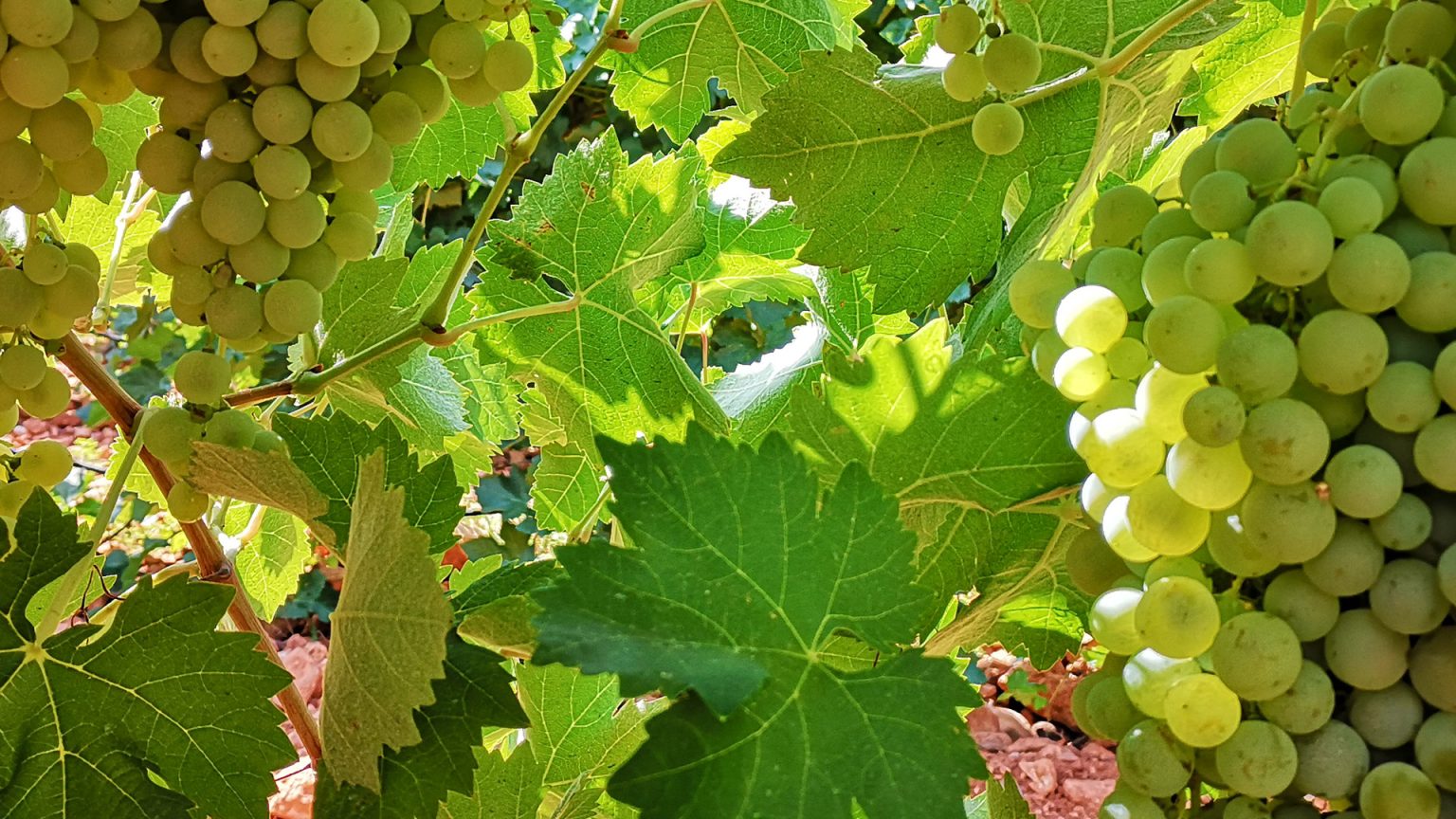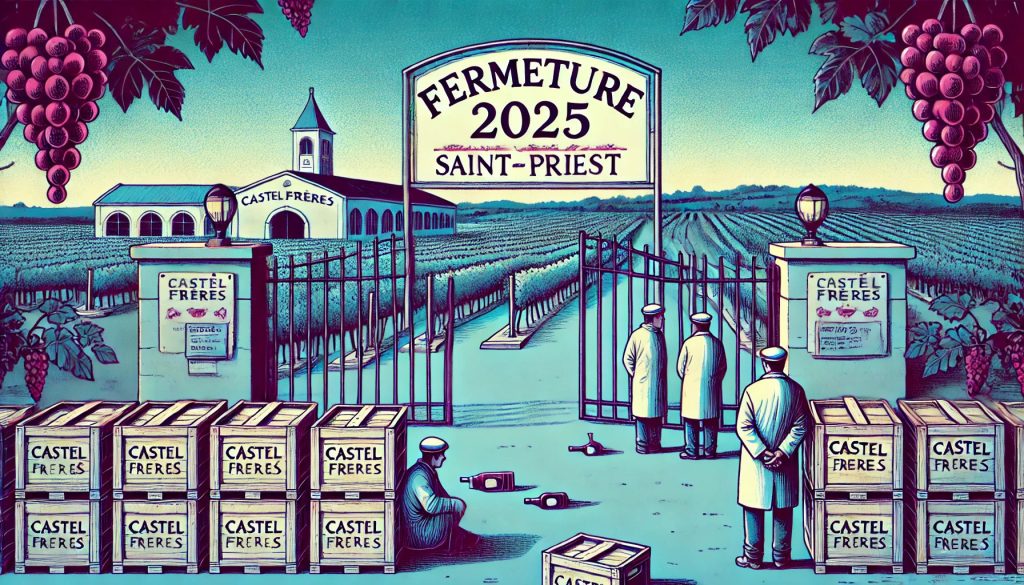A new study in PLOS Climate reveals that Europe’s wine regions are bearing the brunt of climate change, facing sharper temperature spikes than other global vineyard areas. Researchers from Spain, France, the US, and Canada analyzed 500 grape varieties across 749 vineyard locations, tracking ten climate metrics like growing season temperatures and hot days exceeding 35°C. Their findings show Europe, particularly its southern and western regions, has seen dramatic shifts since 1980, with hot days increasing nearly fivefold and average growing season temperatures rising by up to 2.5°C.
These changes disrupt grape phenology, pushing harvests earlier and altering sugar-acid balances that define wine flavors. In regions like Bordeaux or Tuscany, this threatens the essence of terroir, potentially reshaping the identity of iconic wines. While South America and North America also face warming, their exposure to extreme heat is less severe. Northern Africa and Western Asia, already near grape-growing temperature limits, risk becoming unsuitable for traditional viticulture.
The study highlights why Europe’s challenges are unique. Northern latitudes, where most European vineyards lie, are warming faster due to shifts in atmospheric patterns and reduced aerosol emissions. This has led to a surge in days above 35°C, which can stress vines and lower yields. For example, Eastern Europe now sees six standard deviations more hot days compared to pre-1980 baselines, a shift unmatched elsewhere.
Winegrowers face tough choices. Adapting could mean planting heat-tolerant grape varieties or tweaking vineyard practices, like using shade cloths or adjusting irrigation. The study suggests variety diversity has limited impact on climate metrics now, as most regions rely on a narrow set of international grapes. However, in Europe, where late-ripening varieties are more common, diversifying could offer resilience. Recent droughts in Spain and Italy, where irrigation is less prevalent, underscore the need for such strategies.
Subscribe to our newsletter
Global cooperation could help. Australia’s experience with wildfire smoke damage, for instance, has led to techniques now used in California. Similarly, heat adaptation strategies from southern Europe could guide other regions as warming intensifies. Yet, the study warns that local fixes alone aren’t enough. Reducing global greenhouse gas emissions is critical to preserving winegrowing’s future.
Europe’s wine regions, steeped in tradition, now face an uncertain climate reality. While new areas like the UK or Tasmania may emerge as viable winegrowing hubs, the cultural and economic weight of Europe’s vineyards demands action. From smarter grape choices to shared innovation, the industry must adapt to keep its heritage alive in a warming world.
The full Research Paper Uneven impacts of climate change around the world and across the annual cycle of winegrapes


